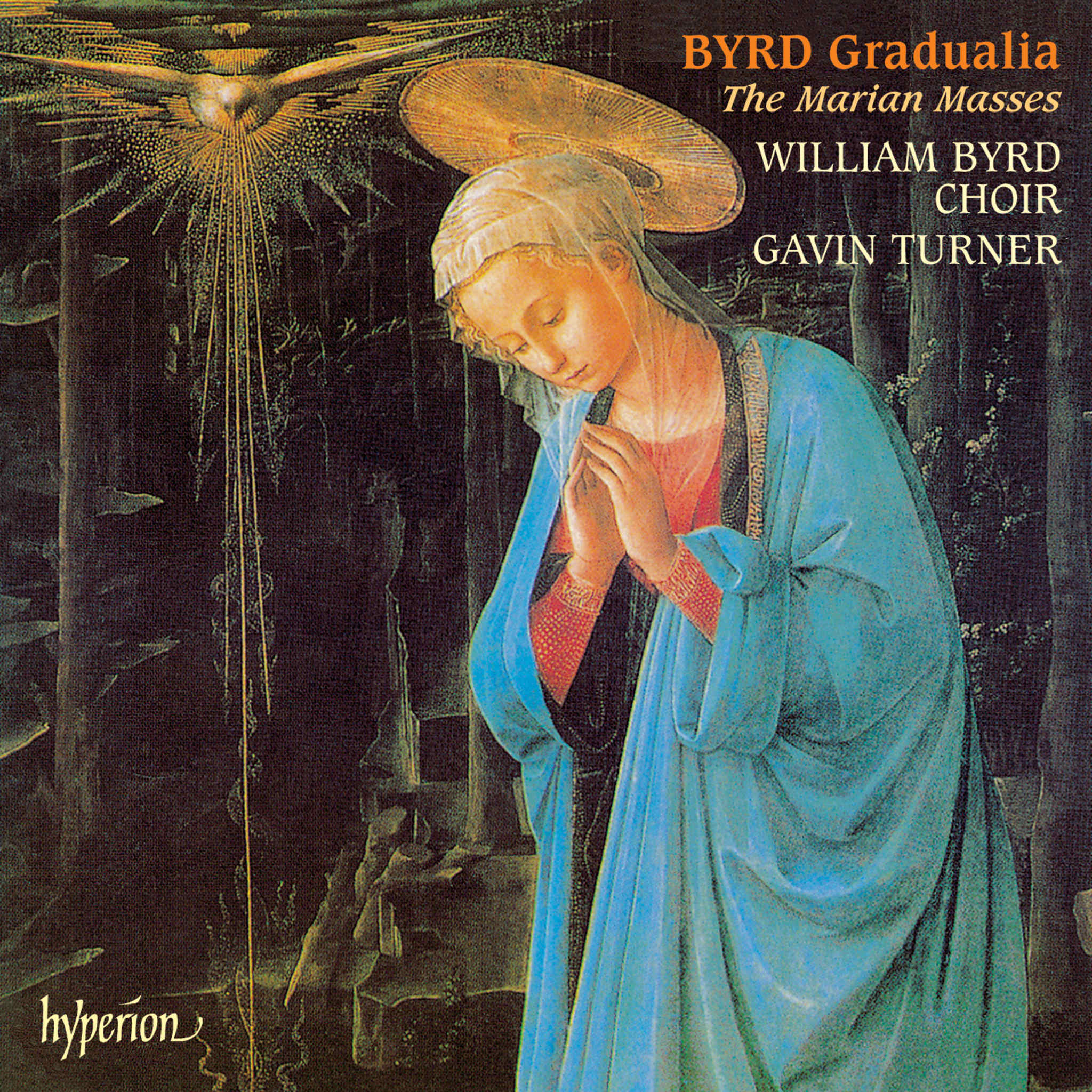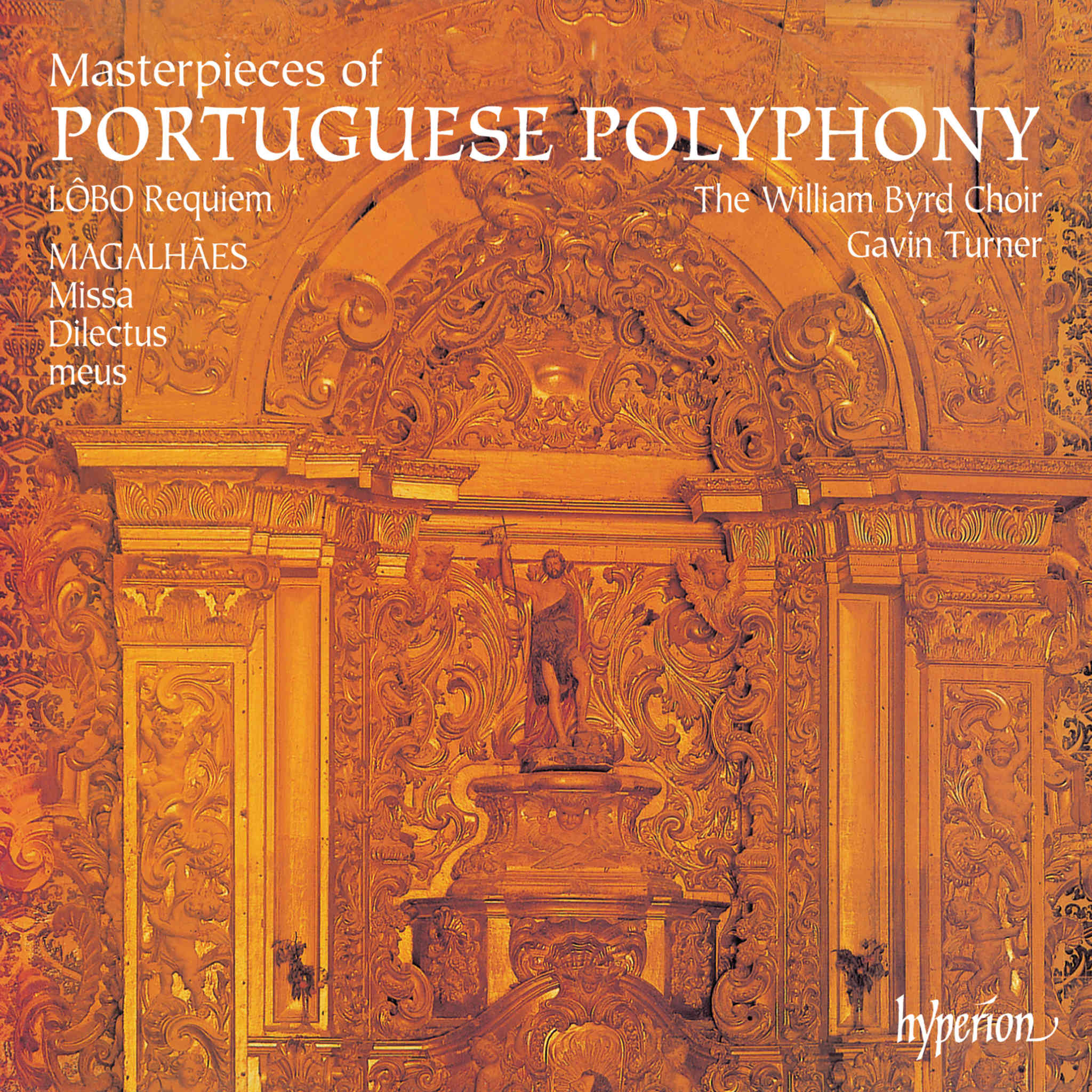Album insights
The celebration honoring the birth of Christ is one of the most joyful events in the church year. Musicians have adorned their Christmas liturgies for centuries with joyful and reflective Gregorian chants, polyphonic choral settings, and organ music. The angels' joyful chorus of "Gloria in excelsis Deo" rings out at Christmas, honoring the Holy Virgin Mary's quiet serenity and selfless acceptance, as well as the indescribable miracle of God becoming human.
The oldest music created for Christian liturgy are the ancient monophonic chant melodies that weave around the text, acting like a mantra during the recitation of Psalms. These chants express thoughts and prayers required by the Church depending on the position in the liturgical year, through harmonious colors produced by the suspended melodies. Finding the right term to describe this music is not easy. "Cantus plainchant" is a good general term, distinguishing it from later polyphonic music termed "cantus figuratus," "cantus mensuratus," or "pricksong." However, these terms date from the twelfth century and later, proving perhaps insufficient when discussing the first magnificent period of chant composition from the 5th to the 8th century.
The term "Gregorian" specifically refers to Roman chant during the time of Pope Gregory the Great, the man who led the reorganization of melodies at the end of the 6th century and founded the first Schola Cantorum. This reorganization allowed central control over diverse Christian communities in the Western world, providing a legend where all Gregorian chants were whispered into the Pope's ear by an angel. Although there are earlier sources for some of the chants now called "Gregorian" that didn't necessarily originate in Rome—such as melodies from Milan during the time of Saint Ambrose in the 4th century (Ambrosian chant), a remarkable blend of Moorish and Christian compositions from Iberia (Mozarabic chant), and melodies from France (Gallican chant). The only term applicable to all these melodies is the seemingly vague, yet geographically accurate term, "Western chant"—the chant of the Western Church.
When Christ and his disciples needed music for prayer, they likely sang the Jewish melodies they knew since their youth. With the early Christian Church's development came a evolution in the music used. The division of the church into Eastern and Western branches led to a radical separation of musical styles, orally transmitted but beginning to differentiate: the Eastern chant carried more ornamentation, in stark contrast to the modest, restrained Western chant. The chant of the West, during the uncertain days of the early Middle Ages, stood as one of the few certainties remaining after the apparent destruction of civilization, distinguishing the West from the East and thereby defining its identity.
The music composed in the early Middle Ages was intended for the Mass and the Liturgy of the Hours, with the daily prayer sequence first established by the wise Saint Benedict of Nursia, the founder of the Benedictine Order. He articulated the need for regular prayers, recitation of Psalms, Bible readings, and teachings of the Fathers. He divided the day into seven services—Matins, Lauds, Prime, Terce, Sext, None, and Vespers—following the Psalmist's words: "Seven times a day I praise you." These services formed the backbone of monastic prayers while the monks' spiritual building was ensured through daily Mass celebrations.
This CD represents an embellished version of Vespers, as one might hear on Christmas Eve at Westminster Cathedral. The cathedral is a building filled with art, music, and spiritual life. The monophonic chant on this CD threads through the entire liturgy, providing a natural rhythm and sense of inevitability. Moreover, these melodies deliver clear text and a wonderful language. Vespers, the second major Hour (the other being Lauds), consists of five Psalms and a Canticle. The Vespers commence with an invitation to prayer (Deus in adiutorium), followed immediately by the five Psalms. Each Psalm is enclosed by an Antiphon, a musical setting of words typically from the Bible, sometimes from other sacred texts, shedding light on the Psalm or the celebrated feast day. The Psalmodic chant is followed by the Chapter (brief reading), a Responsory (alternating phrases by a soloist and full choir), and a Hymn. The liturgical climax is the proclamation of the Magnificat, Mary's Canticle of Praise. Following the Litany and Collect, there is a homily to honor Mary with prayers in her name.
For most feast days, there are two Vesper orders: the first Vespers on the eve of the feast and the second Vespers on the actual feast day. The texts of the first Christmas Vespers mainly revolve around the preparation, warnings, and signs that the Lord's day is near. To complement this theme is the lively and exciting motet for five voices, Gaude et laetare, composed by the Dutch musician Jan Pieterszoon Sweelinck (1562–1621). This prelude motet to the actual service begins in a minor key, providing a sense of the Advent season's thrilling power. As the music progresses, it transitions into a more reverent welcome to the newborn King. When the Cherubim and Seraphim announce Christ again with "Sanctus," the musical scene bursts with joy.
The next five Psalms, with their Antiphons, lead us from Advent to the birth of Christ. The Prince of Peace is described as "great" and "prepared," signifying Mary's time has come, and the congregation is asked to "lift their heads" and welcome their Savior.
One of the most imaginative and dramatic developments within church music over the past few centuries occurred in the organ improvisations played during the services. The tradition of antiphonal singing and playing is age-old, but in 19th and 20th century France, it transformed into an exquisitely beautiful and liturgically valuable art form. Following the repetition of the monophonic Antiphon at the end of each Psalm on this CD, an organ response follows. This can take the form of a reworked material from the Antiphon or a more general meditation on its distinctive theme and style. These improvisations offer a valuable commentary, interrupting the flow of chants. Another tradition is the use of fauxbourdon settings of the Psalms (simple chord compositions that add solemnity at grand occasions). The grander organ improvisation after the 5th Psalm propels the liturgy forward, emphasizing Saint Paul's words on the birth of Christ sung by the choir. This reference to the upcoming feast provokes a response from the choir, a brief Responsory where the cantor declaims, "Today you shall know that the Lord is coming."
The hymn Christe redemptor omnium is a poetic meditation in seven stanzas on the Christmas festival. The hymn repertoire for the Hours liturgy comprises some of the most exquisite texts, inspiring choral composers to create wonderfully thoughtful and satisfying melodies. The fauxbourdon setting chosen here offers an interesting contrast, composed by Matthew Martin, the Assistant Master of Music at Westminster Cathedral and organist for this recording.
The final preparation for Christmas involves the Marian Antiphon Cum ortus fuerit —"When the sun in the sky begins its course, you will behold the King of Kings." Thomas Tallis' five-voice setting of the Magnificat is a lavish and colorful composition, expansive and grand. Following this is a prayer to the Holy Virgin, as per centuries-old tradition.
To the reading from the Martyrologium announcing Christ's birth in a declamatory manner, the choir responds with a brilliant and joyful Hodie Christus natus est, a setting of the text by the German composer Heinrich Schütz (1585–1672). Schütz, son of an innkeeper, was discovered early for his talent by Landgrave Moritz of Hesse-Kassel and trained accordingly. Schütz evolved to become the most famous composer of the 17th century, bridging the German musical language with inventive ideas. Hodie Christus natus est alternates dancing Alleluias in triple time with sections in duple time proclaiming Christ's birth, displaying energy and rhythm contrasts, typical of Schütz's Baroque style.
The energy of Schütz's work is followed by the organ solo Fête (1946) by the great Parisian organist Jean Langlais (1907–1991). Langlais, organist at the Parisian church Ste Clotilde from 1945 to 1987, continued the tradition of excellent interpretation and composition initiated by César Franck and Charles Tournemire at that establishment. With the liveliness of this final piece, the die is cast. The Advent season with its somber hues now behind, the church proceeds to celebrate the birth of Christ and the beginning of a new life through which the world will find redemption.


